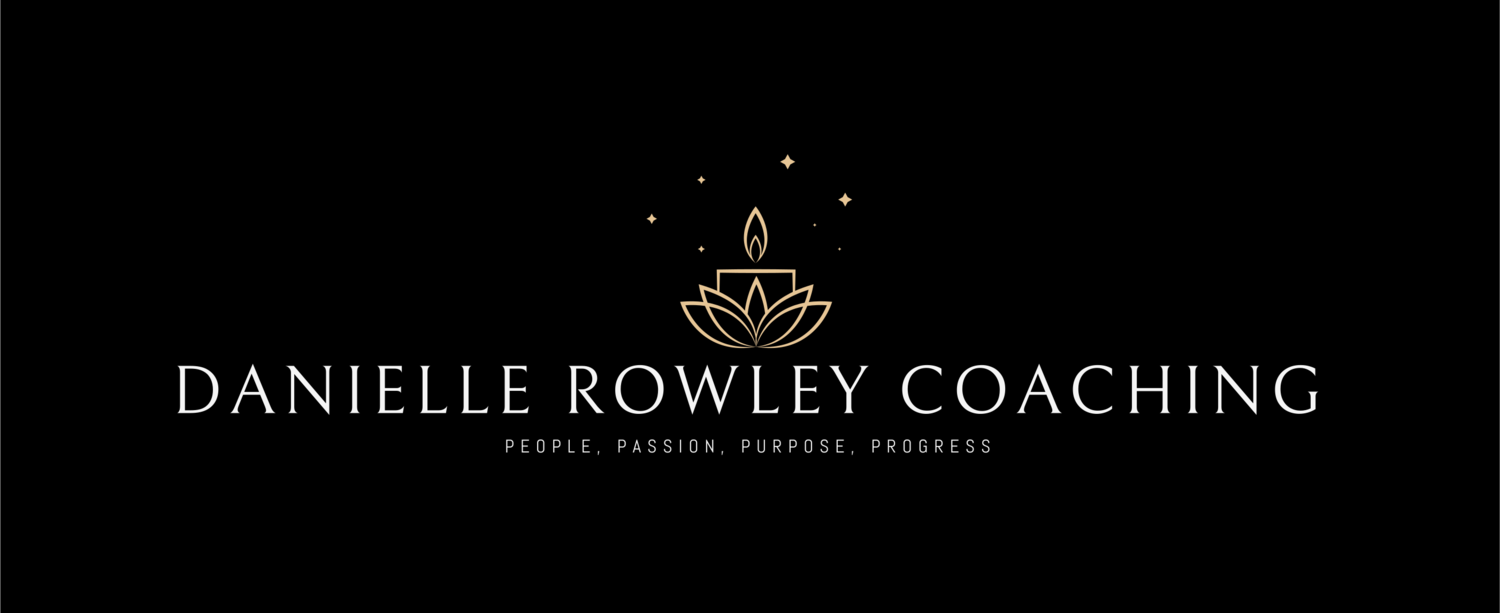Unlocking Potential
How to Improve Capability
In today’s fast-paced business world, the success of an organisation depends not just on strategy or technology, but on people. Employees are the heart of any organisation, and developing their capability is essential—not just in terms of skills, but also mindset, resilience, and confidence. One of the most powerful ways to nurture capability is through coaching and positive leadership, creating an environment where employees feel valued, connected, and purposeful.
Kim Cameron’s research on Positive Leadership highlights five dimensions that drive high-performing teams: positive climate, positive relationships, positive communication, positive meaning, and positive practices. To illustrate this, let’s explore the story of Roger and his coaching journey with Danielle.
Coaching with Danielle: Roger’s Story
Roger had been with his company for five years. He was diligent, competent, and dependable, but he often struggled with self-confidence. In meetings, he hesitated to share ideas, and when opportunities arose to take on challenging projects, he usually held back. His manager recognised his potential and suggested he work with Danielle, a professional coach specialising in employee development.
From the first session, Danielle focused on creating a positive climate for Roger. Instead of highlighting weaknesses, she celebrated his past successes and reminded him of the strengths he sometimes overlooked. This simple shift made Roger feel recognised and appreciated—an essential first step for building confidence.
Next, Danielle helped Roger strengthen his relationships at work. She encouraged him to reach out to colleagues for mentorship and to collaborate on small projects. Initially, Roger was hesitant, but gradually he found that these interactions built trust and support. He discovered that learning from peers and sharing knowledge didn’t make him look less competent—it made him more engaged and visible.
One of the most transformative aspects of their sessions was positive communication. Danielle coached Roger on framing his ideas constructively, asking questions confidently, and giving and receiving feedback in a way that highlighted possibilities rather than limitations. Roger began practising this in team meetings, first in small contributions, and later by presenting ideas he had previously kept to himself.
Through these conversations, Danielle also emphasised positive meaning. She helped Roger connect his daily work to the company’s broader purpose. Suddenly, his tasks felt less like routine duties and more like meaningful contributions. Seeing the impact of his efforts gave him motivation and a sense of pride he hadn’t felt before.
Finally, Danielle introduced positive practices into Roger’s growth journey. They set small, achievable goals for him to stretch beyond his comfort zone—presenting in meetings, leading a small project, and experimenting with new approaches. Each success, no matter how small, reinforced his confidence and helped him see that capability is developed through experience and reflection, not just training.
Transformation in Action
Over several months, the results were remarkable. Roger started actively participating in discussions, volunteering for challenging assignments, and taking initiative on projects he once avoided. His colleagues noticed the change, his manager praised his contributions, and Roger himself felt a renewed sense of purpose. The combination of positive leadership principles and personalised coaching had unlocked his potential.
Roger’s experience shows that improving employee capability isn’t just about formal training or checklists. It’s about creating an environment where employees feel supported, connected, and inspired. When coaching is guided by positive climate, relationships, communication, meaning, and practices, employees are more likely to take risks, learn, and grow.
The Role of Leaders and Coaches
Leaders and coaches like Danielle play a pivotal role in this transformation. By recognising strengths, fostering collaboration, encouraging constructive communication, and connecting work to meaningful outcomes, they create the conditions for employees to thrive. Positive leadership isn’t a set of instructions—it’s a mindset that empowers employees to expand their capability and reach their potential.
My Reflection as Roger’s Coach
Reflecting on my time coaching Roger, I am reminded of why I love this work. Watching someone recognise their own strengths, take small steps outside their comfort zone, and gradually see themselves differently is incredibly rewarding. Each session was a chance to reinforce not just skills, but confidence, purpose, and resilience.
I often think about how small shifts in mindset and behaviour—feeling valued, building trusting relationships, framing communication positively, and connecting to meaning—can have such a profound impact on performance and engagement. Coaching Roger reaffirmed for me that developing capability is as much about creating a positive environment as it is about teaching skills.
Seeing Roger thrive reminded me that when we invest in people thoughtfully, we’re not just improving capability—we’re empowering individuals to reach their potential and, in doing so, strengthening the organisation as a whole.
Roger’s story is a powerful example of how employee capability can be unlocked through coaching and positive leadership. When employees feel valued, supported, and connected to purpose, they become more confident, adaptable, and engaged. Organisations that invest in this approach don’t just develop skills—they nurture potential, resilience, and long-term success.
Disclaimer – Coaching Services
The content and services provided through this coaching program are intended for personal and professional development purposes only. Coaching is not a substitute for professional medical, psychological, legal, or financial advice. While coaching can support confidence, growth, and skill development, results may vary depending on individual circumstances and commitment to the process. Clients are responsible for their own decisions and actions.
Disclaimer – Use of AI in Content editing
This blog was edited with the assistance of artificial intelligence (AI) tools,. AI was used to generate improve readability, and optimize for online publishing. While AI contributed to content development, all information, examples, and narrative choices were created, reviewed, adapted, and curated by the author to ensure accuracy, relevance, and suitability for the intended audience.
The use of AI - advances productivity. AI-generated content is intended to support the writing and editing process and should not be considered a substitute for professional advice in coaching, psychology, or related fields.


